Photography with Purpose: A Historical Look Into Documentary Photography
Documentary photography, as described by Adobe, is “any photos that attempt to record the world as it is”. The documentary photographer is tasked with going to different places of the world, from palaces to slums, and documenting how the world truly is. The documentary photojournalist can make the people who live in the palace see the slum below them (take this metaphorically), which allows people to understand how others in the world live even if they can’t be there themselves. It brings the slum into the palace. Photodocumentary projects are typically longer-term projects and are more complex; while photojournalism is for more instant information (breaking news), but sometimes the two coincide. “Though one cannot say it is objective, the documentary photographer intends to bring to light some otherwise hidden reality or injustice” (The Art Story). In the broadest sense, documentary photography bleeds into many different areas of photography: fashion on the runway, landscapes, paparazzi jump-scaring celebrities in their worst moments, tragedy, and war. The rule is: to keep the images as it was in real life with less control of post-production. Important documentary photography “tells stories with intention and empathy” (FORMAT, n.d.).
According to The Art Story and the National Science and Media Museum, documentary photography can be traced back to when French inventor and pioneer photographer, Nicéphore Niépce, captured the first print photograph (technically) from his window in Chalons-sur-Saône in 1816. While the quality is no match to modern-age cameras, it’s still a view of what his world was really like: his view of the rooftop and the technology of his time, which by all technicalities creates a documentary photograph. Stemming from Niépce’s heliotypes, William Henry Fox Talbot created the calotype, which allowed for low light and shorter exposure times. His 1845 piece, “The Fruit Sellers” depicts a scene of life that was realistic in his time. Because of this work, we can see how much our culture has changed (for the better, for women because those dresses do NOT look convenient or comfortable). The architecture, the market, and many of the things we no longer have been documented thanks to early documentary photography before documentary photography was even a thing.
As dramatic world events were taking place in the mid-1800s to early 1900s (a civil war, two world wars, a global economic crisis, climate, and weather events, etc.). In the 1860s, Timothy O’Sullivan and Mathew Brady photographed the American Civil War: soldiers both dead and standing proudly at arms (see their images here).
According to this Wikipedia article, Lewis Hine was a “sociologist and muckraker (journalist) photographer” in the early 19th century (I acknowledge that, yes, Wikipedia is not per se a scholarly source; but I also argue that it does serve as a great stepping stone in research and facts are easily verifiable). As the demand for labor increased, many children were drawn into the workforce on lower wages than their parents’ already low wages According to the National Archives Educator’s Resources, “businesses liked to hire children because they worked in unskilled jobs for lower wages than adults, and their small hands made them more adept at handling small parts and tools”. Children working in industrial settings with little to no safety measures and worker’s protection, even for the adults, developed serious health problems and lacked education. The National Child Labor Committee was chartered by Congress in 1907 by a group of progressive reformers to end child labor. Hine left his job as a schoolteacher in New York City to become an investigative photographer for the NCA, often “tricking his way into factories to take the pictures that factory managers did not want the public to see”. This photo, taken by Hine in 1915, shows how journalism exploited and overworked young children.
Between the two World Wars, the Great Depression left over 12 million people in America unemployed. Farmers were no longer able to uphold their lands, which left millions in poverty (FDR Library). President FDR’s 1933 “New Deal” opened up multiple agencies to help appease the economic crisis. The Farm Security Administration was established in 1937 and resettled farmers on productive land, promoted soil conservation, provided emergency financial relief, and loaned money to farmers to buy and improve their farms (National Archives). The FSA hired photographers to create the “Historical Section”, notably Dorothea Lange and Walker Evans, to “document the living conditions, struggles, and resilience of rural Americans” (Hermand-Grisel and (Melville, 1985). One of the hurdles facing the FSA and farmers was “The Dust Bowl”, a period of severely damaging dust storms due to severe drought in the 1930s, affecting 10 western states directly and obliterating agriculture and ecosystems. Artur Rothstein, a commissioned FSA photographer, took this photo in Cimmaron County, Oklahoma in 1936 that shows how devesting the storms were: swallowing a family’s outhouse, forcibly displacing them, before they could pack the curtains.
In 1971, a year after the U.S. Environmental Protection Agency was founded, the agency launched the DOCUMERICA project, a “photodocumentary project to record changes in the American environment”. The EPA employed over 100 photographers and collected over 20,000 photographs by the project’s conclusion in 1978. (Simmons, 2009 and the EPA, 2023).
Gene Daniels (who later moved to the Silver City area) took this photo, of irresponsibly discarded pesticide containers by an airport runway; seeping and mixing potentially toxic chemicals (or creating a toxic chemical mixture) into the earth and air around it (BTW: Don’t be this guy. Instead, contact your state’s department of agriculture or your county’s Extension agent to dispose of chemicals!).
For the sake of keeping this paper as concise as possible, the following is a short briefing of photographers that caught my eye during research for this paper with a sample of their work. The work above is displayed below in order from oldest to newest.
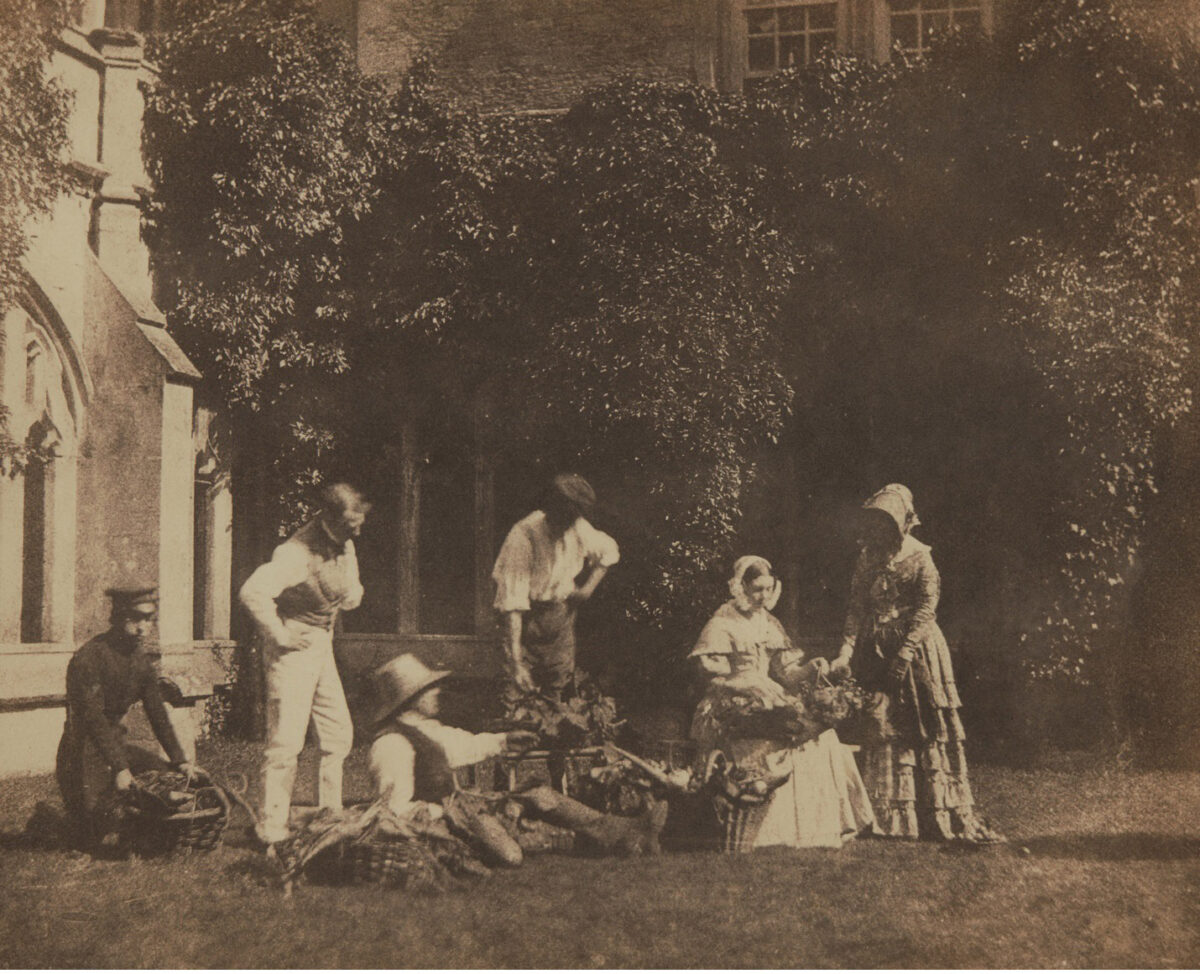
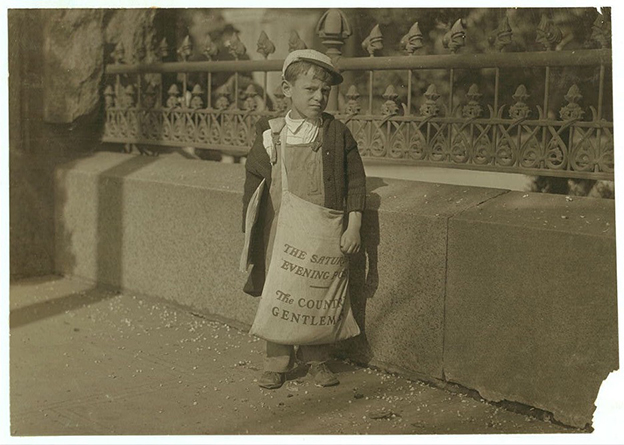
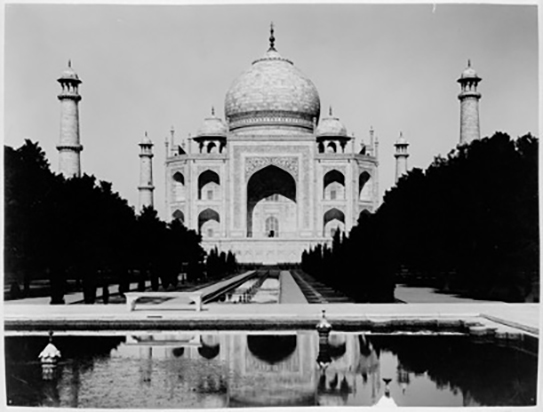
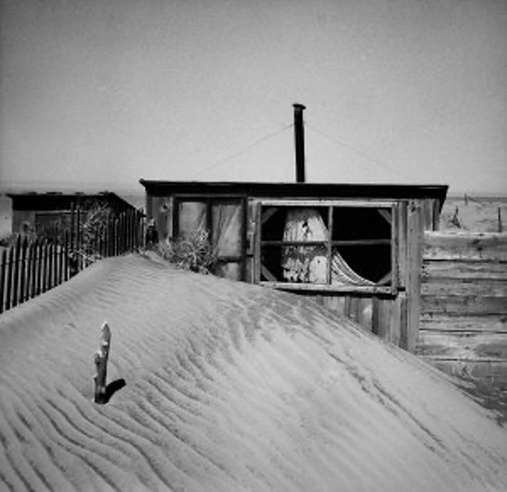
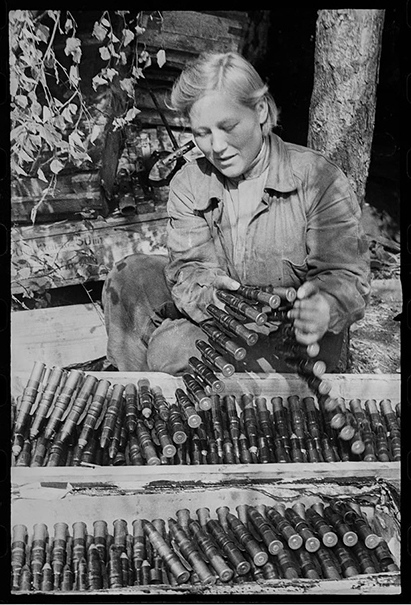

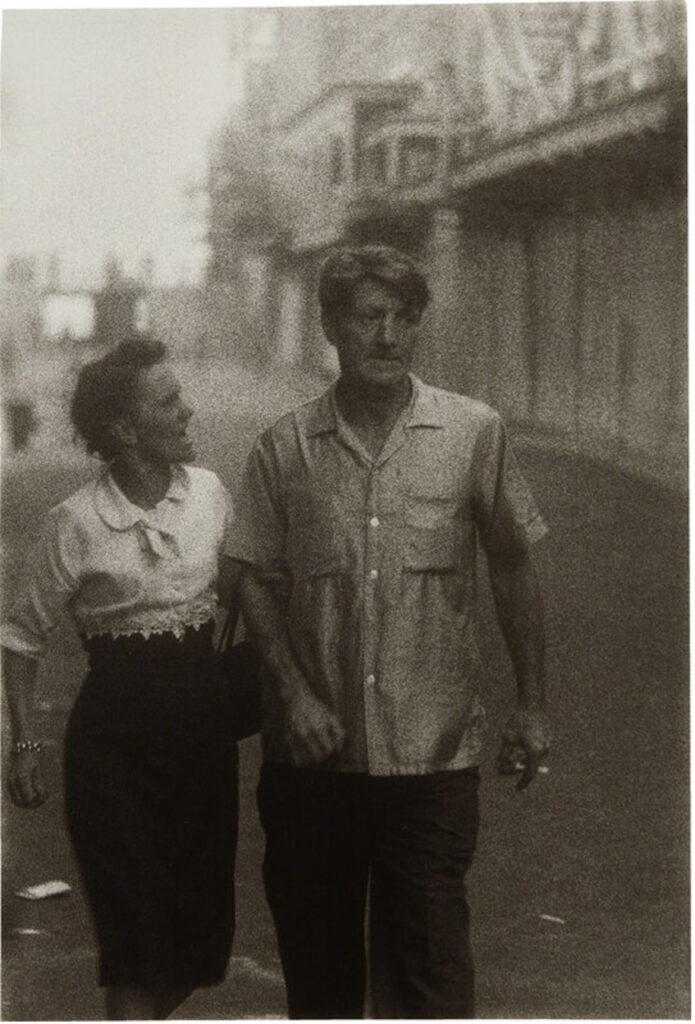
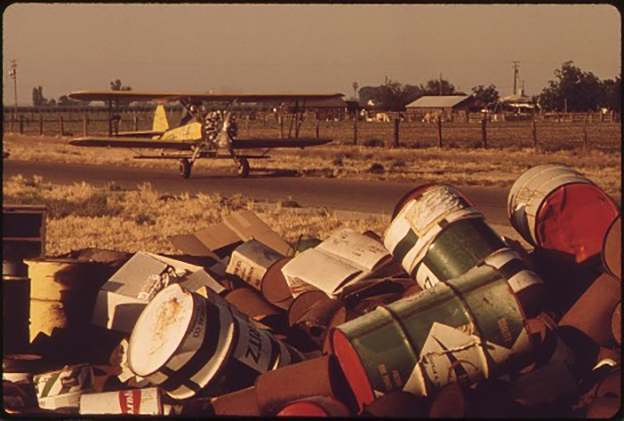
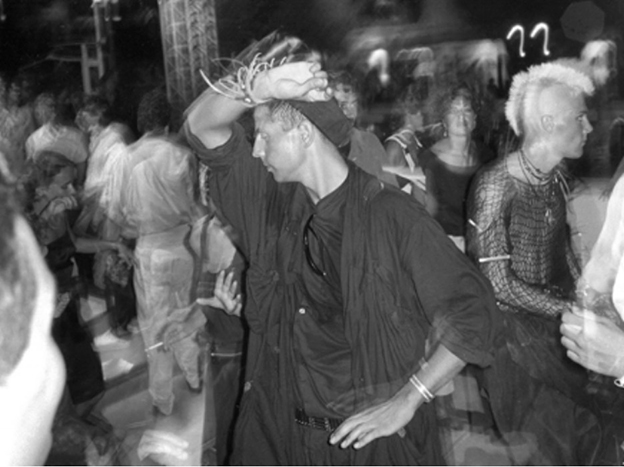
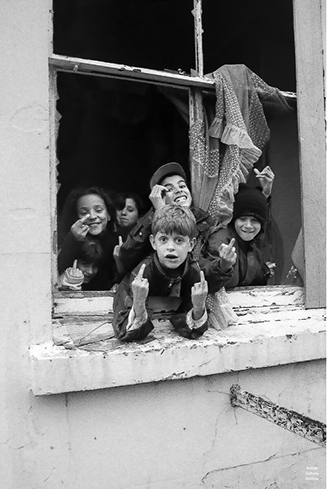
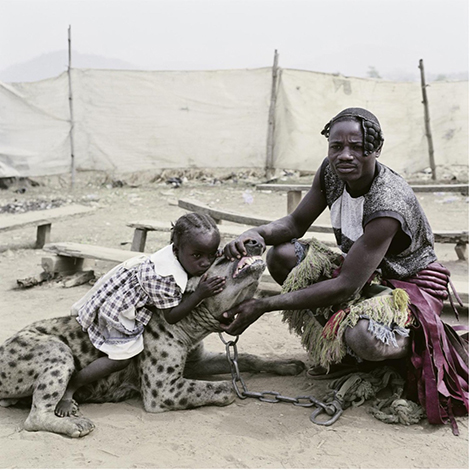
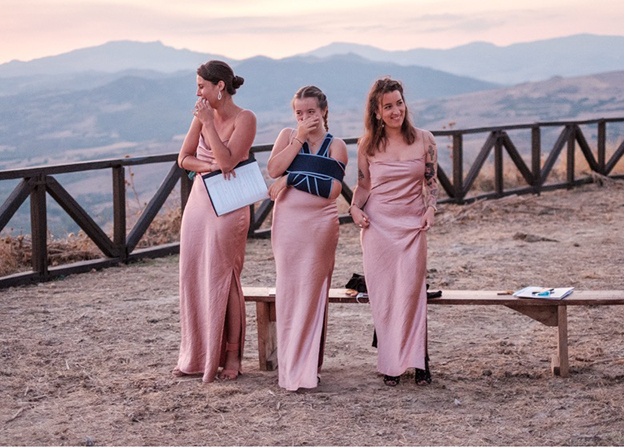
REFERENCES:
Arbus, D. (1960). Couple arguing. Coney Island, New York.
Carpenter, F. C. (1920). Taj Mahal. Library of Congress, Agra, India.
Clifford, B. (n.d.). Diane Arbus, American, 1923–1971. Retrieved from The Museum of Modern Art: https://www.moma.org/artists/208
Cohn, A. (n.d.). Explore the purpose & history of documentary photography. Retrieved from Adobe: https://www.adobe.com/creativecloud/photography/discover/documentary-photography.html
Congress, L. o. (1915, May). Freddie Kafer… Retrieved from Library of Congress: https://www.loc.gov/resource/nclc.03963/
Daniels, G. (1972). Discarded Pesticide Cans. DOCUMERICA. National Archives Catalog: EPA, Fresno, California.
Daniels, G. (1972, May). OIL WASTE ON BARREN HILLSIDE. Retrieved from National Archives: https://catalog.archives.gov/id/542512
FDR Library and Museum. (n.d.). Great Depression Facts. Retrieved from National Archives: FDR Library and Museum: https://www.fdrlibrary.org/great-depression-facts#:~:text=How%20high%20was%20unemployment%20during,or%2012%2C830%2C000%20people%20was%20unemployed.
FORMAT. (n.d.). How To Get Started With Documentary Photography. Retrieved from FORMAT: Documentary Photography Portfolio: https://www.format.com/online-portfolio-website/documentary-photography/guide#:~:text=Documentary%20photography%20has%20long%20served,stories%20with%20intention%20and%20empathy.
Frank, R. (1955). “For Sid in America (FLORIDA 1955). Les Douches la Galerie, Miami, Florida.
Harding, C. (2013, November 25). N IS FOR… JOSEPH NICÉPHORE NIÉPCE, CREATOR OF THE FIRST PHOTOGRAPH. Retrieved from The Science and Media Museum: https://blog.scienceandmediamuseum.org.uk/a-z-of-photography-joseph-nicephore-niepce-first-photograph/#:~:text=Ni%C3%A9pce%20called%20his%20process%20heliography,exposure%20of%20about%208%20hours!
Hermand-Grisel, S. (n.d.). A Brief History of Documentary Photography. Retrieved from All About Photography: https://www.all-about-photo.com/photo-articles/photo-article/1429/a-brief-history-of-documentary-photography
Hine, L. (1915). Freddie Kafer… National Child Labor Committee: Library of Congress, Sacramento.
Hugo, P. (2005). Mummy Ahmadu and Mallam Mantari Lamal with Mainasara. The Hyena and Other Men. Abuja, Nigeria.
Hurst, A. (1995). Toxteth Kids. Liverpool, England.
Hurst, A. (1995). Toxteth Kids. Retrieved from British Culture Archive: https://britishculturearchive.co.uk/product/toxteth-kids-liverpool-1990s-alex-hurst-open-edition-print/
Hutchcraft, J. (2015, October 8). Photos of Five Decades of Club Kids. Retrieved from Vice: https://www.vice.com/en/article/dp5wj7/derek-ridgers-documentarian-british-nightlife-529
Ibach, M. (2006, June). Carpenter Collection: About this Collection. Retrieved from Library of Congress: https://www.loc.gov/collections/carpenter/about-this-collection/
Ignatovich, O. (1943). A Red Army female soldier pulling a machine gun belt from a wooden box. 1st Ukrainian Front. Arthur Bondar Collection, USSR (Russia).
International Photography Hall of Fame and Museum. (n.d.). Diane Arbus. Retrieved from International Photography Hall of Fame and Museum: https://iphf.org/inductees/diane-arbus/
Melville, A. (1985). Farm Security Administration, Historical Section: A Guide to Textural Record in the Library of Congress. Retrieved from Library of Congress.
National Archives. (2017, February 21). Teaching With Documents: Photographs of Lewis Hine: Documentation of Child Labor. Retrieved from National Archives: Educator Resources: https://www.archives.gov/education/lessons/hine-photos
National Archives. (n.d.). Overview: The Farm Security Administration. Retrieved from National Archives: https://www.archives.gov/files/atlanta/education/depression-curriculum/section-2.pdf
O’Hagan, S. (2019, September 11). Robert Frank: the outsider genius whose photographs laid bare America’s soul. Retrieved from The Guardian: https://www.theguardian.com/artanddesign/2019/sep/11/robert-frank-the-americans-outsider-genius-photography
Ridgers, D. (1984). At Ku, Ibiza 1984. Ibiza, Spain.
Ridgers, D. (2018, July). At Ku, Ibiza 1984. Retrieved from Derek Ridgers: https://www.derekridgers.com/blog/at-ku-ibiza-1984-rw866-pnfl3
Rothstein, A. (1936). Sand piled up in front of outhouse on farm. Cimarron County, Oklahoma. Farm Security Administration; Library of Congress, Cimmaron County, Oklahome.
Seiferle, R., & Antony Todd. (2019, May 21). Documentary Photography Movement Overview and Analysis. Retrieved from The Art Story: https://www.theartstory.org/movement/documentary-photography/
Simmons, C. J. (2009). DOCUMERICA: Snapshots of Crisis and Cure in the 1970s. Retrieved from National Archives: Prologue Magazine: https://www.archives.gov/publications/prologue/2009/spring/documerica.html
Talbut, W. H. (1845). “The Fruit Sellers”. Carnegie Museum of Art.
The Grant County Beat. (2022, November 11). Silver City’s Youth Mural Program’s online auction of photography by Gene Daniels is now live. Retrieved from The Grant County Beat: https://www.grantcountybeat.com/news/news-releases/75176-silver-city-s-youth-mural-program-s-online-auction-of-photography-by-gene-daniels-is-now-live
The Hyena and Other Men. (2005-2007). Retrieved from https://pieterhugo.com/Text-THE-HYENA-AND-OTHER-MEN
U.S. Department of Labor. (n.d.). Child Labor. Retrieved from https://www.worker.gov/child-labor-wages/#:~:text=Federal%20child%20labor%20law%20generally,18%20in%20any%20hazardous%20occupation.
U.S. Environmental Protection Agency. (2023, March 16). Historical Photos and Images. Retrieved from U.S. Environmental Protection Agency: https://www.epa.gov/history/historical-photos-and-images
Weldon, I. (2020). Maitea & Rafel. Sicily.
Weldon, I. (2024). About. Retrieved from Ian Weldon: https://www.ianweldon.com/about
Wikipedia. (2024, January 3). Lewis Hine. Retrieved from Wikipedia: https://en.wikipedia.org/wiki/Lewis_Hine
WWII: Arthur Bondar Collection. (n.d.). Olga Ignatovich: a rare view at war through the lens of the Soviet female photographer. Retrieved from WWII: Arthur Bondar Collection: https://ww2abc.com/collections/olga-ignatovich-a-rare-view-at-war-through-the-lens





